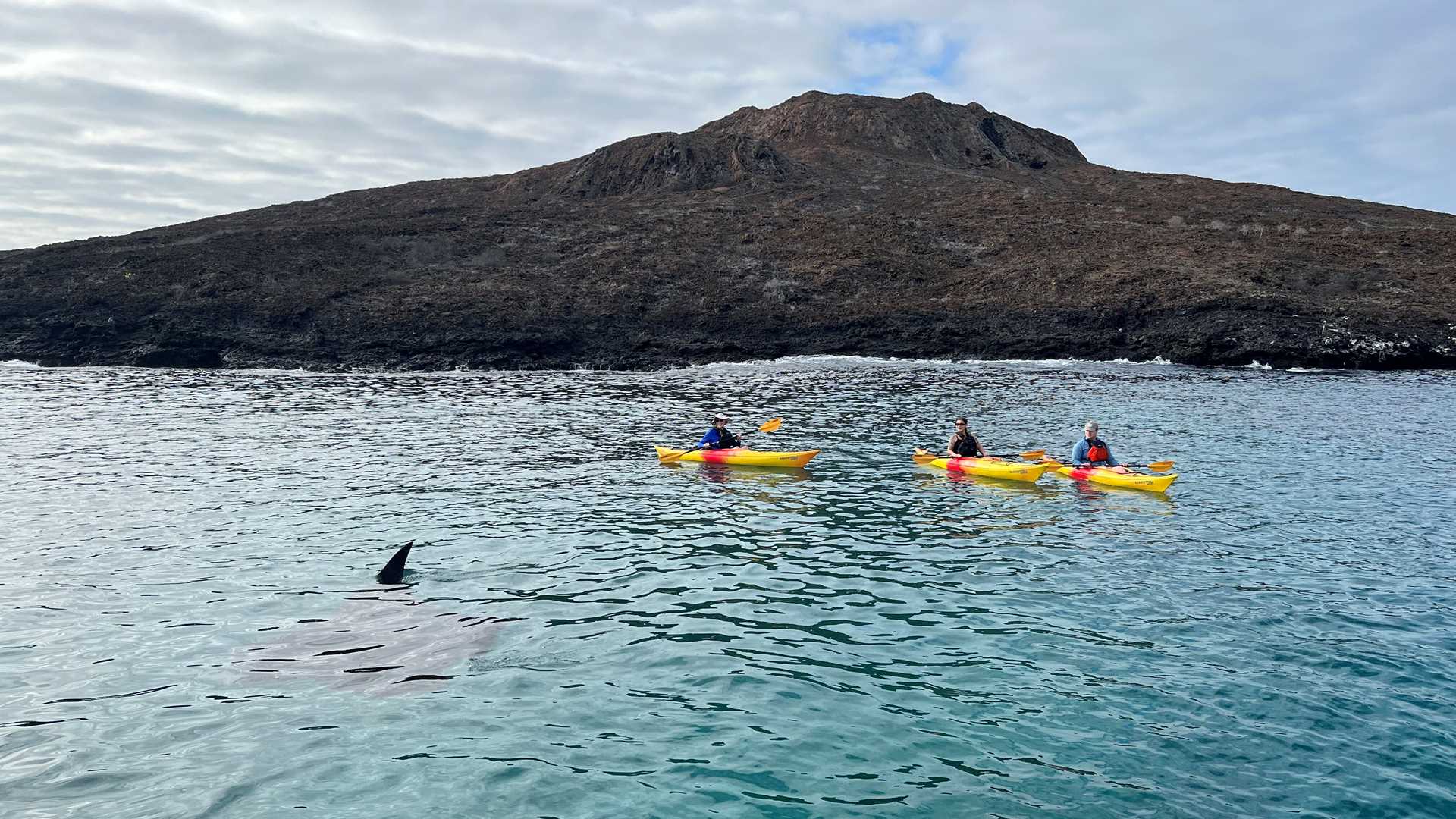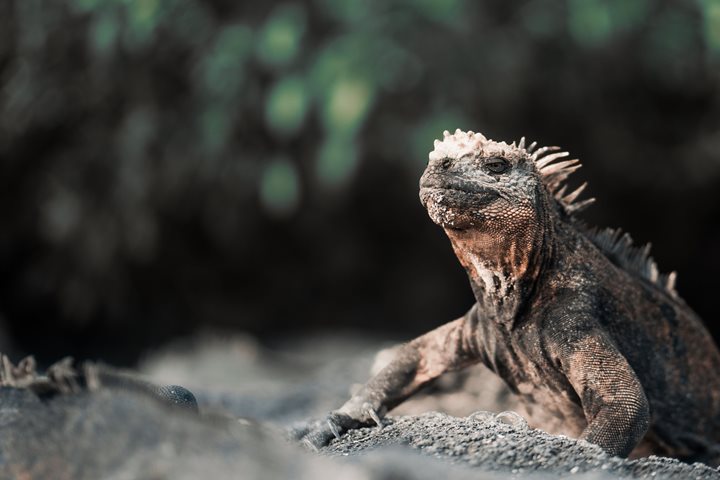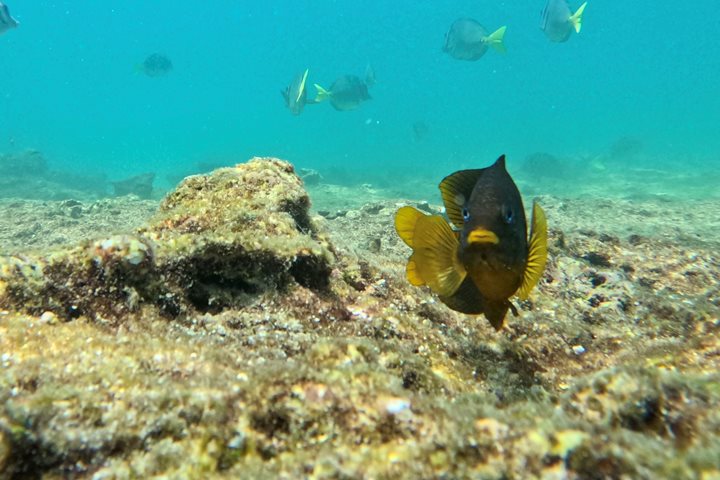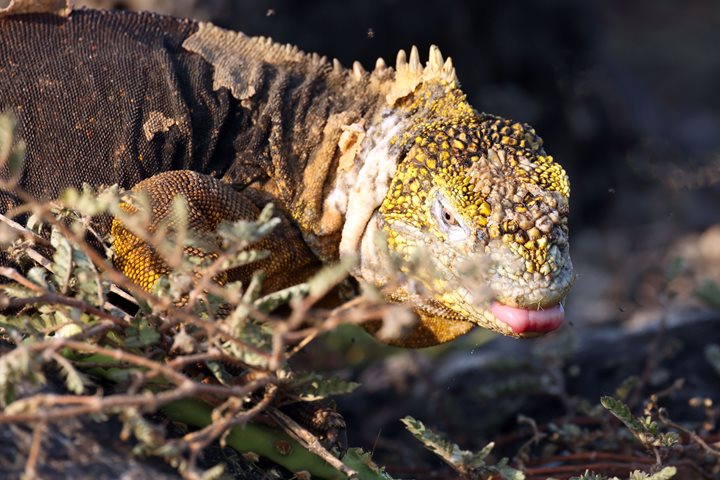These two islands are located in the middle of the archipelago, and we enjoyed kayaking and tours in Zodiacs and the glass-bottom boat. We spent time kayaking along the shores of both islands. Both islands are volcanic and rich in wildlife. Three giant mantas were feeding in the area, and they stayed with us while we kayaked and snorkeled. Sullivan Bay just formed in 1897. Vast oceans of fresh lava showed us the genesis of life on the Galapagos Islands. When the islands first formed, plants and animals struggled to survive with limited resources. Today was a great day to learn from nature.
Call +1.800.397.3348 or contact your travel advisor







